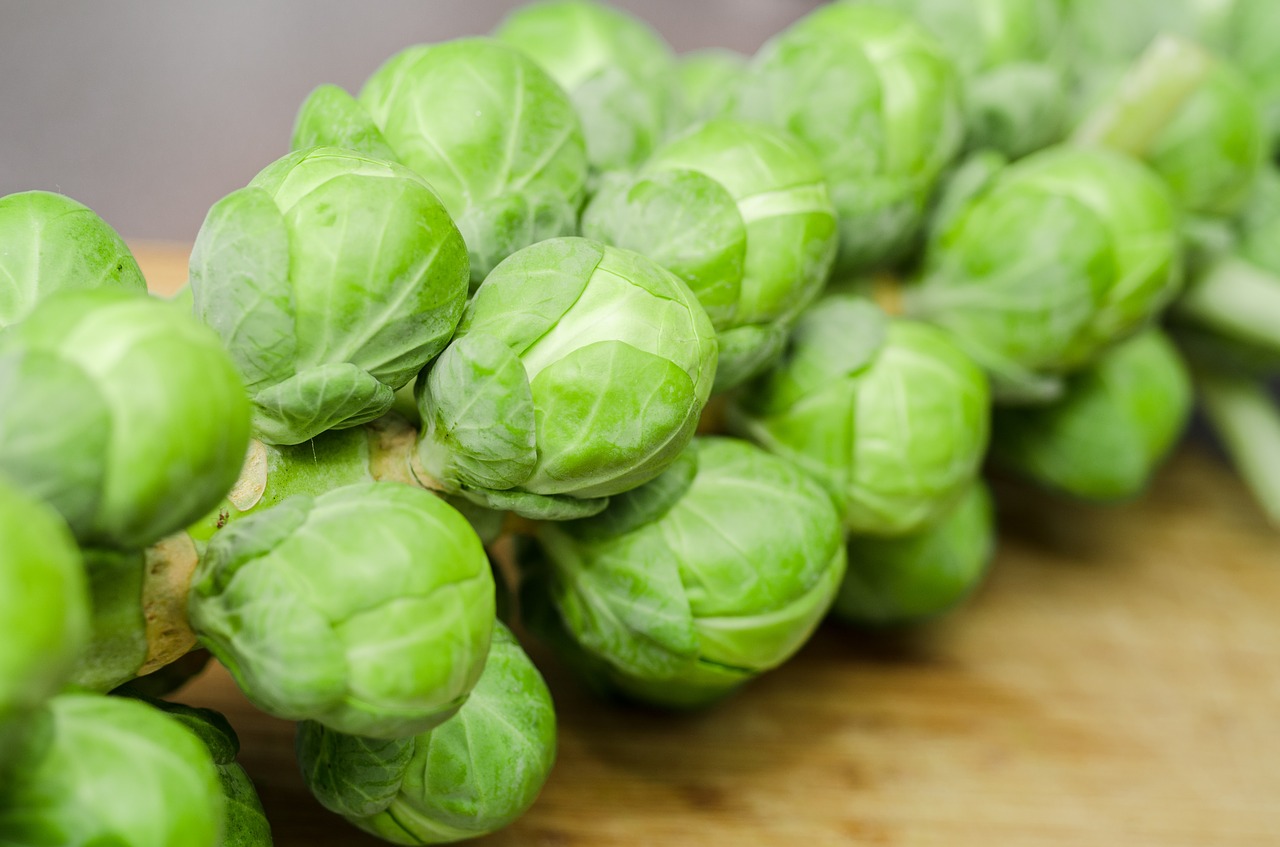How To Grow Brussels Sprouts

Brussels sprouts are slow-growing, long-season vegetables having a place with the cabbage family. The sprouts look like small cabbages and shape where the leaves meet the stems.
About Brussels Sprouts
Despite the fact that brussels sprouts have been present in the kitchens for a long time, many people don’t like them. You may alter your opinion, if you try and grow your own. The contrast between frozen supermarket sprouts and your own, straight from the garden, is staggering. Brussels sprouts enhance in flavor after a light frost.
Site Selection
Select a site with full sun and well-drained soil. Set up the garden bed by utilizing a garden fork or tiller to loosen the soil to a depth of 12 to 15 inches, then blend in a 2-to 4-inch layer of compost.
Planting Instructions
 Fall-reaped crops are by and large more effective than summer-reaped crops. Date of maturity shifts, depending on variety, location, and season. Count backward from the first fall frost date to figure out the best time to start plants. Plan to start seeds in pads or pots 4-6 weeks before planting in the garden, or purchase nursery transplants if accessible. You can likewise sow seeds directly in the garden four months before the average first fall frost date in your area.
Fall-reaped crops are by and large more effective than summer-reaped crops. Date of maturity shifts, depending on variety, location, and season. Count backward from the first fall frost date to figure out the best time to start plants. Plan to start seeds in pads or pots 4-6 weeks before planting in the garden, or purchase nursery transplants if accessible. You can likewise sow seeds directly in the garden four months before the average first fall frost date in your area.
To start plants indoors, sow seeds 1 inch separated in pads. Transplant into 2-1/2 inch pots after the initial two genuine leaves show up. At the point when roots are set up, transplant to the garden, separating the plants 14 to 24 inches. To sow seeds directly in the garden, plant four to five seeds per foot to a depth of 1/4 inch.
Care
Thin the healthiest direct-seeded plants to stand 14 to 24 inches apart when they are 4 to 5 inches tall. Mulch to retain moisture in summer heat and to control weeds. Water plants during the summer if rainfall is less than 1 inch per week. When sprouts reach half the desired size, remove the lowest leaves on the plant to enable the sprouts to attain maximum size.
To induce early maturity, pinch out the growing tip when sprouts have formed on 10 to 12 inches of the stem. This directs the plant’s energy into making earlier, larger sprouts. Contact your local county extension office for controls of common Brussels sprouts pests, such as aphids, flea beetles, cabbageworms, and cabbage loopers.


